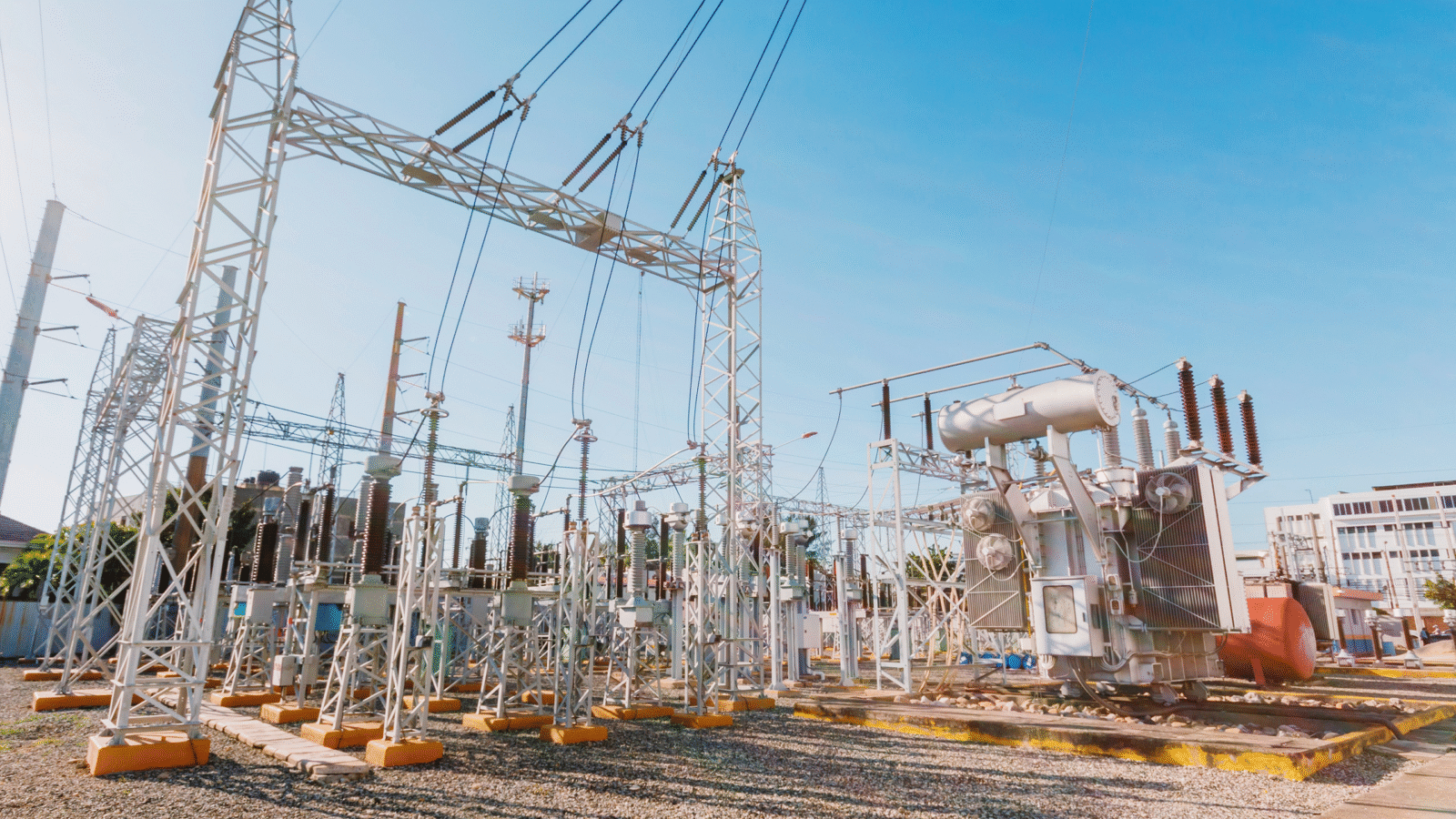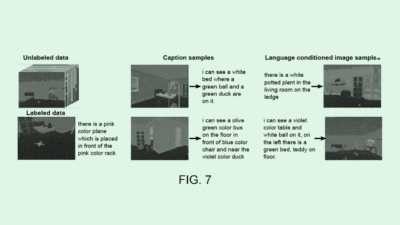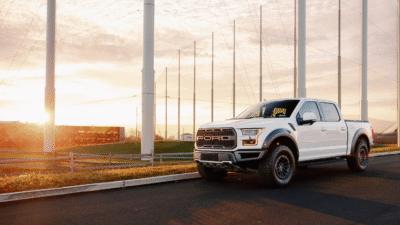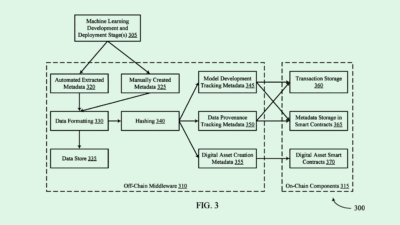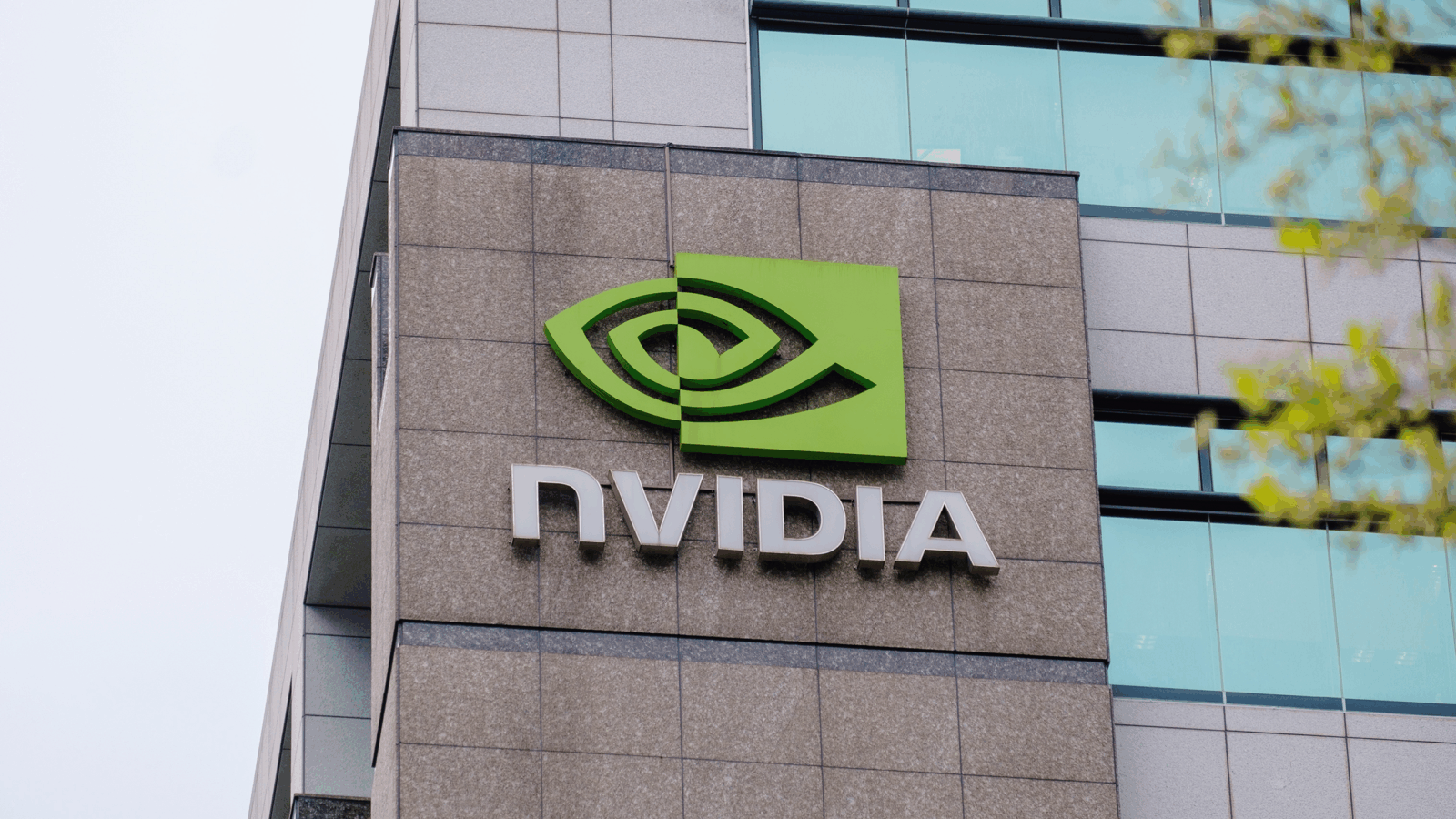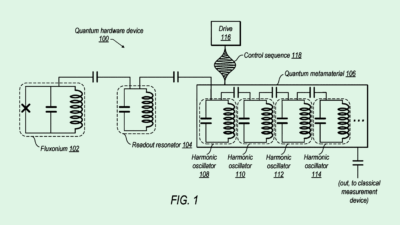Nvidia Wants to Be Indispensable to the Self-Driving Industry Also
After making itself an integral part of the supply chain for generative AI, Nvidia is eyeing other futuristic tech bets.
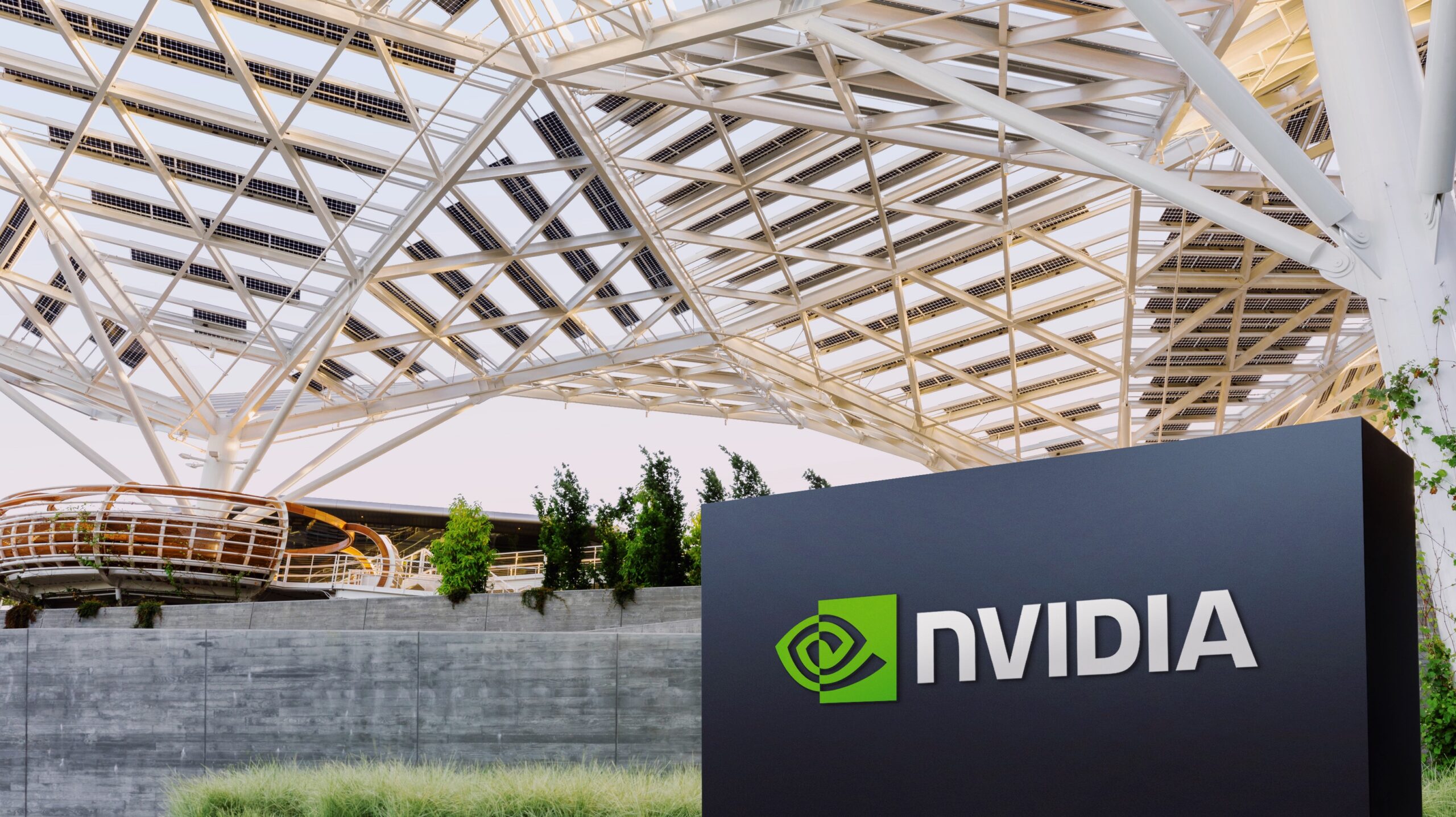
Sign up for smart news, insights, and analysis on the biggest financial stories of the day.
Nvidia wants to plug some more horsepower into the autonomous car industry. (The term “horsepower,” by the way, was invented in the 18th century to demonstrate the superiority of steampower, so we think it’ll survive the EV revolution, too.)
Bloomberg reported on Thursday that AI darling Nvidia has been busily growing its workforce, including adding 200 workers in China dedicated to researching autonomous vehicle (AV) tech. Thus far, Nvidia has been propelled to unbelievable heights by making itself an integral part of the supply chain for generative AI tech. Now it would seem it’s eyeing how it can embed itself deep into other futuristic tech bets.
Coming Up the Inside Track
Sources told Bloomberg that Nvidia increased its total China headcount this year from roughly 3,000 to roughly 4,000. That means the additions to its China-based AV team account for about 20% of its total hires in the country this year, a meaty chunk given AV tech is not Nvidia’s bread-and-butter at the moment. That said, Nvidia has been a major part of self-driving car makers’ operations for a while. We got a glimpse of that in June when Elon Musk requested Nvidia divert a shipment of AI chips originally bound for Tesla to X and his nascent AI company, xAI.
There’s plenty of overlap between AI and self-driving technology, and Nvidia isn’t getting stuck on just the supply side of the equation. In May, the company participated in a $1.05 billion funding round for UK-based self-driving tech startup Wayve. The location of Nvidia’s new research team might tell us a bit more about where it sees the future of autonomous driving:
- China has been aggressively pushing AV technology, testing more driverless cars than any other country, according to a June report from The New York Times. Robotaxi services are spreading in the Middle Kingdom too, with driverless taxis proliferating in the city of Wuhan (to be fair, if we were Wuhan, we’d want to be known for something other than what it’s currently best-remembered for).
- Getting tech in and out of China could prove a little contentious going forward, as US President-elect Donald Trump and Beijing ready themselves for a trade war tit-for-tat. Semiconductors are currently at the heart of the geopolitical theatre du jour, but China’s domestic market for autonomous vehicle tech is so massive that Nvidia might not be too concerned about exporting it straight away.
Losing Cruise Control: This week saw a major withdrawal from the robotaxi space when GM said it would shut down the robotaxi part of its majority-owned self-driving company Cruise and absorb the rest of Cruise into itself. For Microsoft, another beneficiary of the AI hype-cycle, GM’s shuttering of Cruise meant taking an $800 million charge, as it participated in a minority investment round in 2021. Conversely, the news was music to the ears of Google — owner of robotaxi service Waymo — which was already enjoying a share bump this week thanks to its shiny new quantum-computing chip.
